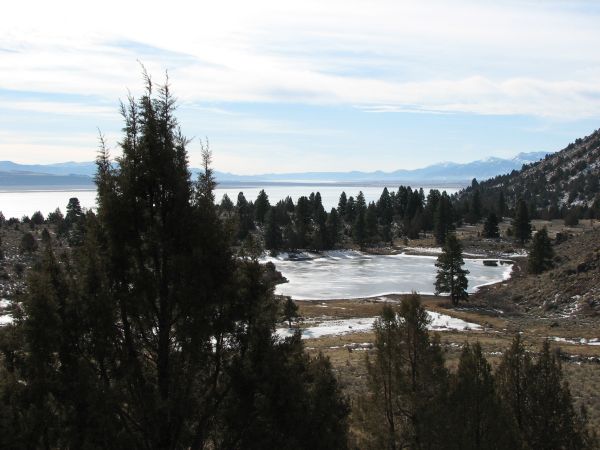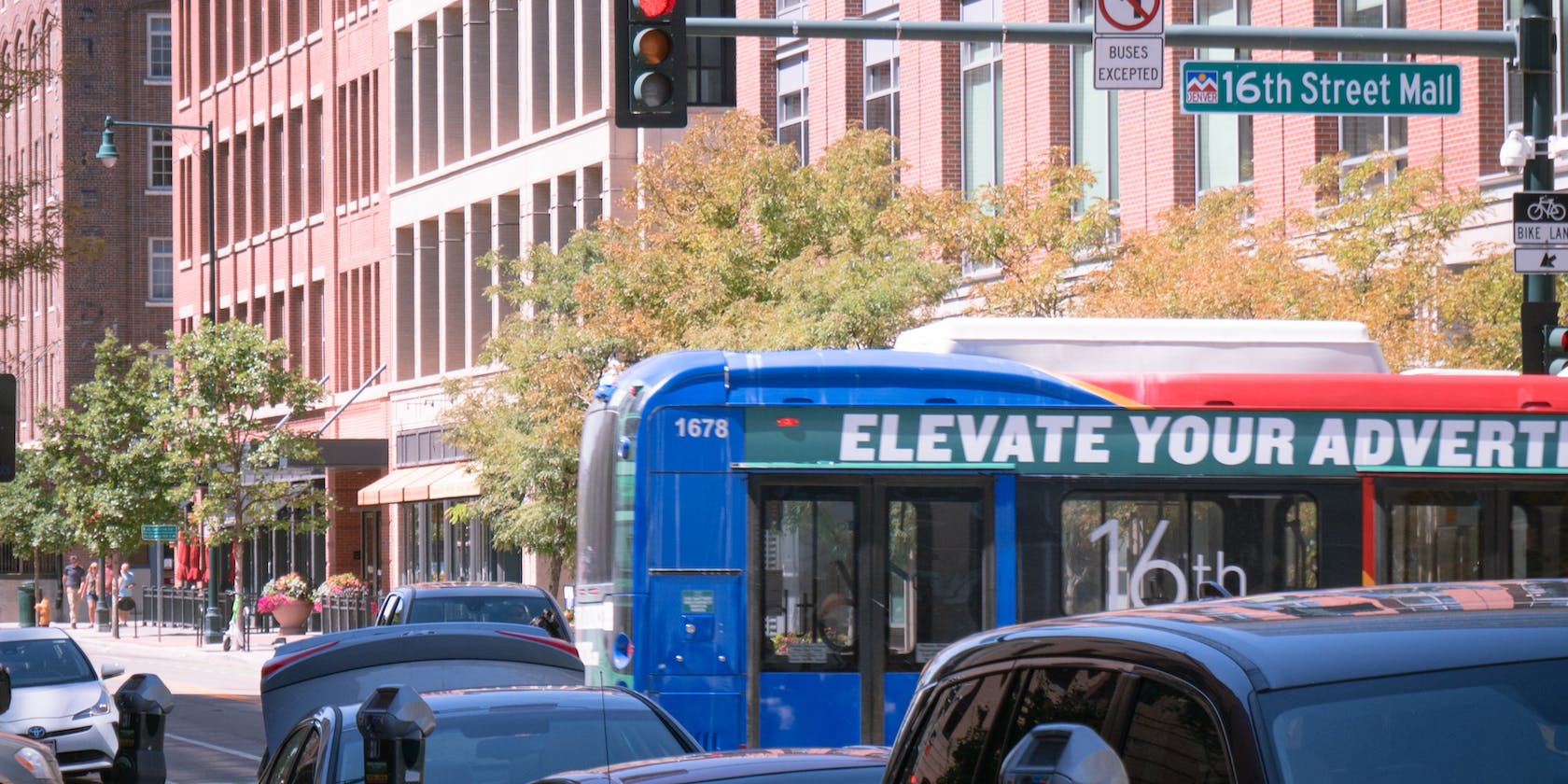Header Image Attribution: "Fandango Pass California" by the Bureau of Land Management is licensed under the public domain.This post contains affiliate links. Our Extraordinary Planet may be compensated for any purchases you make.As one of the most important geographical landmarks of California, the Fandango Pass (also known as the Applegate-Lassen Emigrant Trail or No. 546 California Historical Landmark) is a destination you just can’t miss.
Between 1846 and 1850, emigrants on the Applegate and Lassen pioneer trails converged in the valley known as the Fandango Pass. As you explore this incredible landmark, you’ll be greeted with high-standing pines, incredible nature, and a breathtaking view of Goose Lake.
With such an incredible story and such gorgeous sights to offer, the Fandango Pass is a place worth exploring (or even backpacking through!) during your next trip through northern California.
The History Of Fandango Pass
The Fandango Pass was first established due to the convergence of two pioneer trails, the Lassen Trail and the Applegate Trail. The Applegate Trail took travelers to the Oregon Territory through a less dangerous route, while the Lassen Trail guided travelers to northern California’s gold mines and settlements. Both trails were heavily used for westward expansion until as late as 1853, until the establishment of the Cedar Pass Wagon Road.
The stories of how Fandango Pass came to be named vary, and it’s not clear which conveys the actual truth of this incredible site. According to one story, the travelers danced the Spanish dance known as Fandango to keep from freezing on the icy and unforgiving trail. In other stories, travelers were so elated to see the Goose Lake (which they mistakenly believed was the Pacific Ocean) that they danced the Fandango and were killed by a residing party of Native Americans in the Fandango Pass Massacre.
The story believed to be most credible suggests that the Wolverine Rangers, a famous band of gold-seekers headed to California, burned their wagons in the pass and danced the Fandango to keep warm. To remember this event, they named it the Fandango Valley. When later travelers stumbled across the burned wagons, they assumed that a massacre had occurred, and thus the other stories resulted!
Navigating The Fandango Pass Road (County Road 9)
If you’re looking to visit the Fandango Pass, you’ll need to come prepared. This incredible site is located in Modoc County, California. The well-maintained gravel road passes in between the Warner Mountains and passes through a variety of gorgeous valleys and hills.
As you’re driving through some parts of the pass, you’ll be able to see the twinkling waters of Goose Lake. The Fandango Pass Road is 15.2 miles long, and will take you southwest from US-395 to Surprise Valley Road. It’s suitable to be driven by most vehicles, but you should be careful in the steep areas — especially in harsh weather conditions.
Is The Fandango Pass Road Closed?
While the Fandango Pass Road (or County Road 9) is usually open to visitors, it may be closed in particularly harsh conditions for the safety of travelers. You should generally expect the Fandango Pass Road to be closed during winter storms.
Where Is The California Historical Landmark Plaque?
You can find the California Historical Landmark plaque marker just 10.8 miles east of Highway 395, on the side of the Fandango Pass Road. If you aren’t able to find this marker, there’s a second plaque placed just off the road beside Trails West.
Can You Hike At Fandango Pass?
Yes, you can hike at Fandango Pass! While the view is exquisite even from a stuffy car, going on a hike gives you the opportunity to enjoy the trail closer to how it would have been historically experienced. You can find the hiking trail near the California National Landmark plaque. The trails will take you on an adventure through the Modoc National Forest, and are considered incredibly scenic, and you can spot a lot of incredible flora and fauna.
Some of the animals to look for include the Boisduval’s Blue butterfly, Mule Deer, Mountain Chickadees, and Sierran Tree Frogs. The wildlife also includes several species of garter snakes, a plethora of colorful butterflies, and as many beautiful songbirds as you can imagine. If you’re up for a challenge, you can even take a wildlife identification book or wildlife spotting checklist on your next trip through the Fandango Pass trails.
After you’ve finished your hike, there’s lots of great destinations nearby to check out, too! If the shimmering waters of Goose Lake are tempting you to go fishing or swimming, then Lake Tahoe might make the perfect day-trip! The Humboldt National Forest and Lassen Volcanic National Park also offer incredible hikes. If you’re looking for a pioneer-themed trip, it might also be worth checking out other historical sites of the Oregon trail.
Remember To Have Fun
Regardless of how you choose to enjoy your next trip to Fandango Pass, it’s important to make the best of it. Going into a vacation or day trip with a good attitude can mean the difference between a forgettable hike and an unforgettable family experience.
There are many ways to make your next trip more meaningful, like using resources such as a wildlife identification book or hiking trail game to create fun activities your whole family won’t forget. Just like many others who decide to sightsee the California Historical Landmarks, you’re sure to have a lot of fun!



